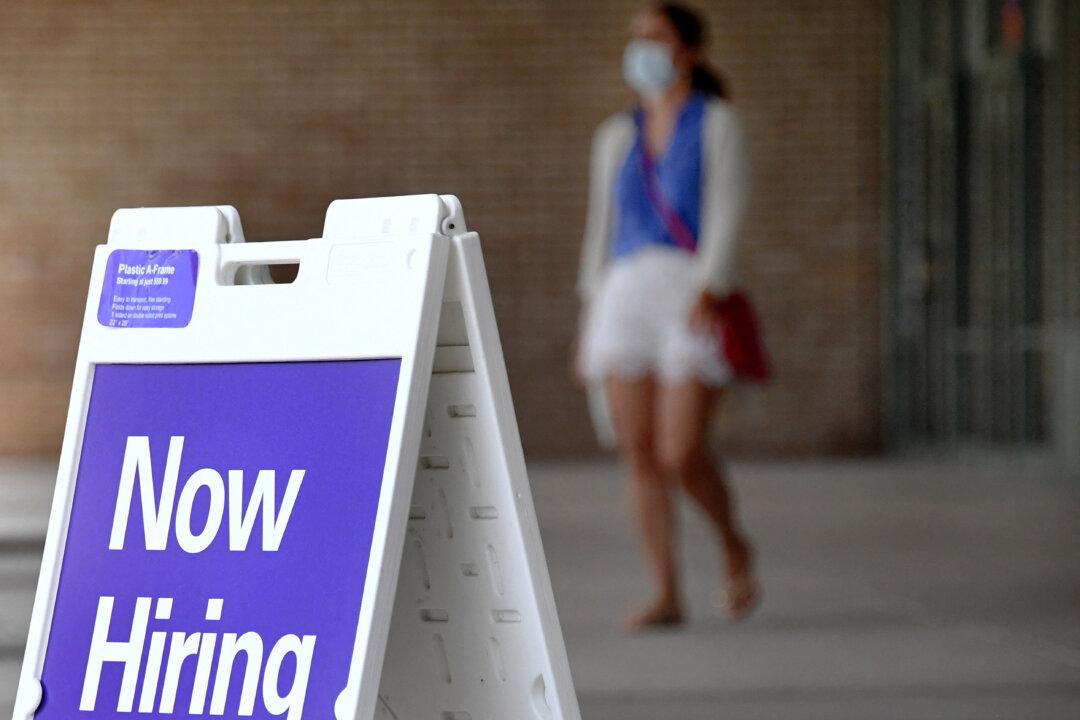The U.S. economy added 431,000 new jobs in March, falling short of the market estimate of 490,000, according to new data from the Bureau of Labor Statistics (BLS).
That’s a decline from the revised 750,000 positions created in February.

That’s a decline from the revised 750,000 positions created in February.